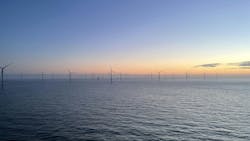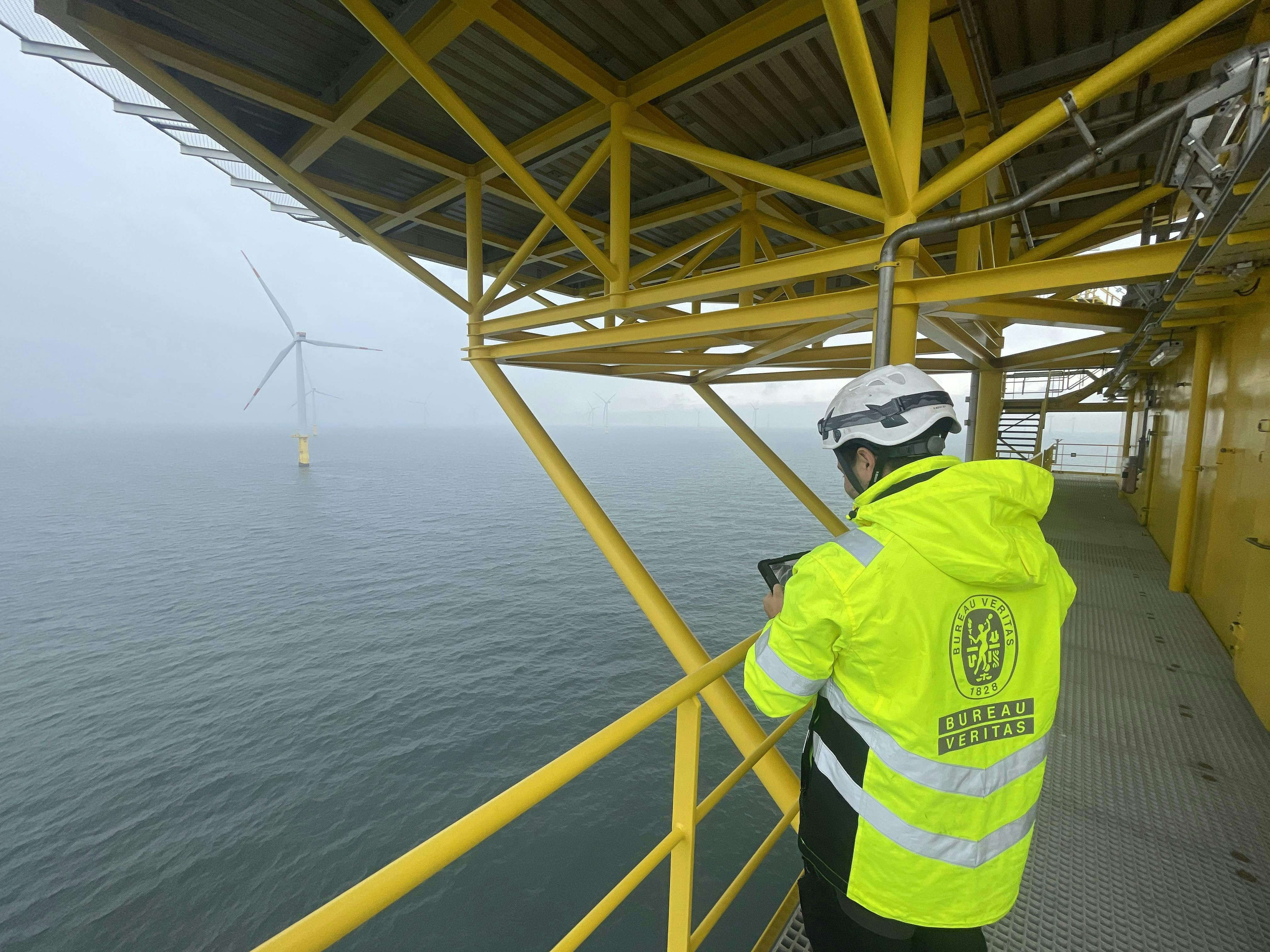Opinion: US offshore wind industry has to promote its virtues, counter negativity
Editor's note: This feature first appeared within the 2024 Offshore Wind Special Report and published within the July/August issue of Offshore magazine.
By Hiram Mechling, Bureau Veritas
Over the past decade, the US offshore wind industry has expanded from a handful of projects to a bustling marketplace of 50-plus projects in various stages of development. The first proposed US projects were Cape Wind, Bluewater Wind, Fishermen’s Energy, VOWTAP and Block Island. In 2016 the 30-MW Block Island wind farm produced the first offshore wind energy in the US, and in 2020 the 12-MW Coastal Virginia Offshore Wind pilot project began producing energy for Virginia. Earlier this year, another milestone was reached with the 132-MW South Fork Wind project producing power for the state of New York. The industry currently has five projects under construction including the 800-MW Vineyard Wind 1, which aims to be fully commissioned this year.
Offshore wind growth is expected to continue as the Bureau of Ocean Energy Management (BOEM) will hold four offshore wind lease auctions in 2024. The industry is also anticipating the announcement of the winners of the Massachusetts, Rhode Island and Connecticut multi-state offshore wind solicitation; additionally, New York, New Jersey, Delaware and Maryland are all progressing their own offshore wind solicitation plans.
Offshore wind brings substantial benefits to the US, including job creation, energy independence and the promise of clean, renewable power. As the current wave of projects are progressing, seaside communities are starting to reap the benefits of job creation both on the portside and offshore. Additionally, the offshore wind energy supply chain is vast and creates jobs all over the country. The oil and gas workforces in Louisiana and Texas benefit because many times their skills are directly transferable to the offshore wind industry.
The offshore wind industry aligns with the US’ “all of the above” energy strategy with the goal to become energy independent. These projects contribute to this strategy by bringing a significant amount of electricity directly to some of the largest load centers in the country.
The offshore wind industry’s environmental advantages are multifaceted. This clean, renewable energy source does not emit pollution such as CO2 into the atmosphere. When existing conventional generation plants are decommissioned, the electricity can be offset with the new offshore wind power plants, thus making it a net reduction in CO2 emissions. Another key advantage is that risks are minimal in the case of catastrophic failure.
Addressing concerns
While there are some legitimate concerns regarding the offshore wind industry, there is a growing negative narrative about this emerging marketplace that can and should be countered. These negative claims have typically related to impacts on marine life and the seabed environment. In fact, the federal agencies have a thorough and detailed process that developers must go through to advance their projects.
Before an offshore wind lease area auction is held, BOEM follows an open process that is described in 30 CFR Part 585 – Renewable Energy on the Outer Continental Shelf. During the pre-lease stage, BOEM manages the intergovernmental task forces and the environmental studies. This is of paramount importance because this process determines the most deconflicted offshore wind lease areas, which considers other ocean users and interested parties. BOEM also conducts the National Environmental Policy Act (NEPA) analyses. During the post-lease stage, the offshore wind developers must submit a site assessment plan (SAP) and a construction and operations plan (COP) among other documentation later in the project lifecycle. These documents are thoroughly reviewed to ensure projects are developed safely and that they are environmentally responsible.
Protecting marine life
In addition, there have been concerning incidents of whales washing up on beaches on the East Coast, and some speculate that it is linked to offshore wind geophysical surveys; however, peer-reviewed scientific studies have shown that this is not the case. The main threats to whales and other marine mammals are entanglement in fishing line, ship strikes or collisions, plastic pollution, oil spills, noise pollution (especially from naval sonar), and global warming, which makes some whale species seek food in different areas of the ocean.
It is true that pile-driving during the installation of large monopile foundations produces noise pollution. The offshore wind industry understands this and is actively taking measures to protect marine mammals during the process. They halt all pile-driving from January through April when right whales are at their highest densities. The pile-driving hammer technology and techniques have also improved to better protect marine life. At the beginning stages of pile driving, operations “ramp-up” or “soft start” to encourage marine mammals to stay away from the activity. They also utilize “bubble curtains” around the monopile site. Air is pumped from perforated hoses on the seafloor producing air bubbles that rise to the water surface reducing pile-driving noise. Passive acoustic monitoring buoys are deployed for pile-driving noise surveillance. Additionally, there are protected species observers and infrared cameras watching for any signs of species within the visual clearance zone.
Countering negative public perception
The disinformation that is spread about the offshore wind industry is usually from a target group with an agenda to disrupt the progress of the industry. This disinformation becomes misinformation when someone believes and shares it without confirming the basis of the claims. This is not a new strategy and has been used since the very beginning of the US offshore wind industry. A notable example was the disinformation campaign by the Alliance to Protect Nantucket Sound on the Cape Wind project. Even though Cape Wind was never constructed after many years of perseverance, it did pave the way for the federal approval process that other offshore wind projects have followed. It also received the first approval of the Facility Design Report and the Fabrication and Installation Report by BOEM. The offshore wind industry can take lessons learned from this chapter and use it to further progress the industry. Soon after Cape Wind came to a halt, Block Island became the first US offshore wind farm.
The next couple of months will be an critical time for the US offshore wind industry. The upcoming offshore wind lease auctions will take place starting with the Central Atlantic auction in August. The upcoming offshore wind solicitations conducted by states will provide a pathway for the next wave of projects. The US needs to recognize and take advantage of this generational opportunity, and the offshore wind industry must counter these negative public perception campaigns while also promoting the benefits of offshore wind power.
About the Author

Hiram K. Mechling III, P.E., PMP
Hiram Mechling is the vice president of offshore wind at Bureau Veritas North America. Mechling has more than 13 years of experience in the US offshore wind industry. He is the professional engineer (P.E.) of record on the Vineyard Wind 1 WTG foundation design.

